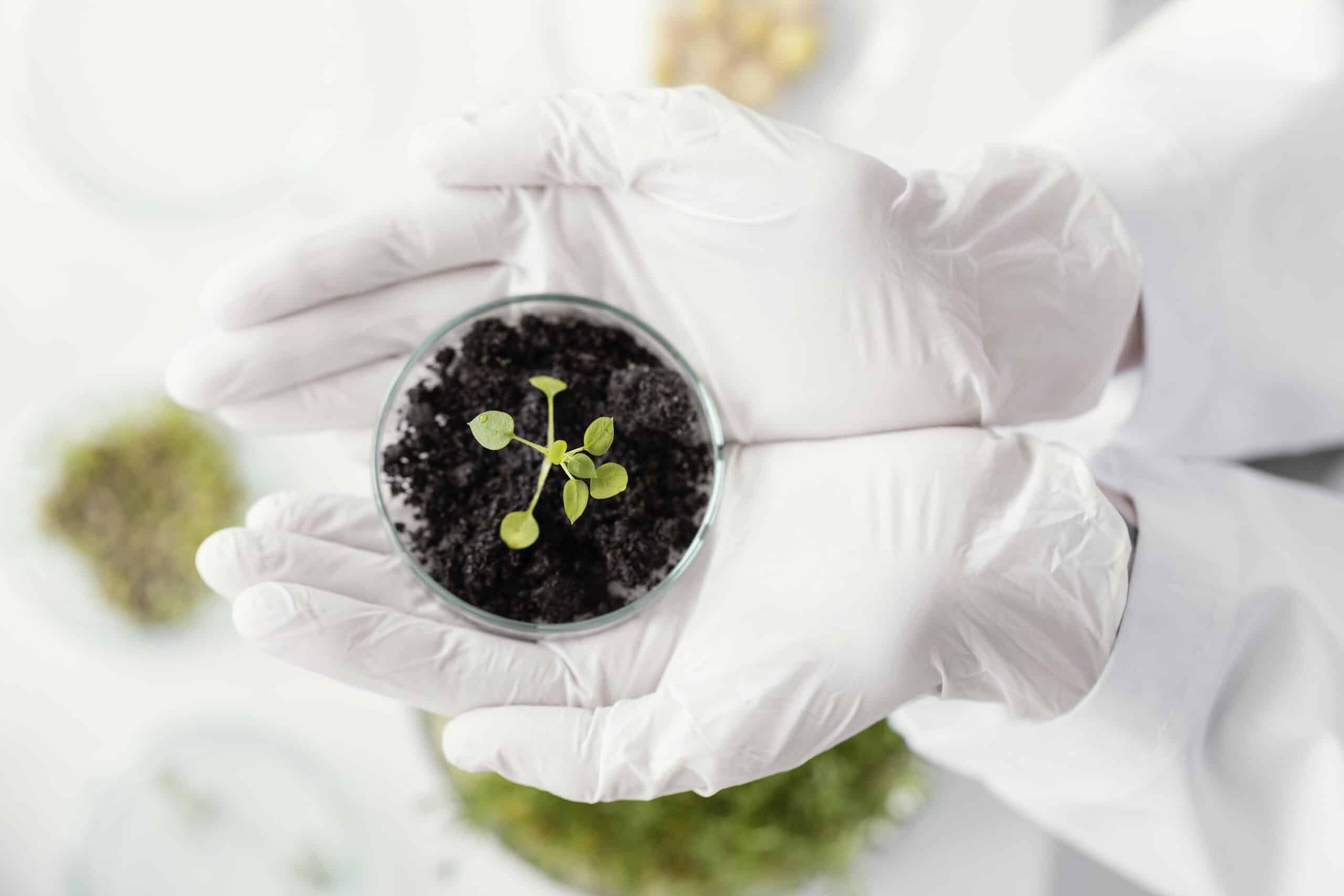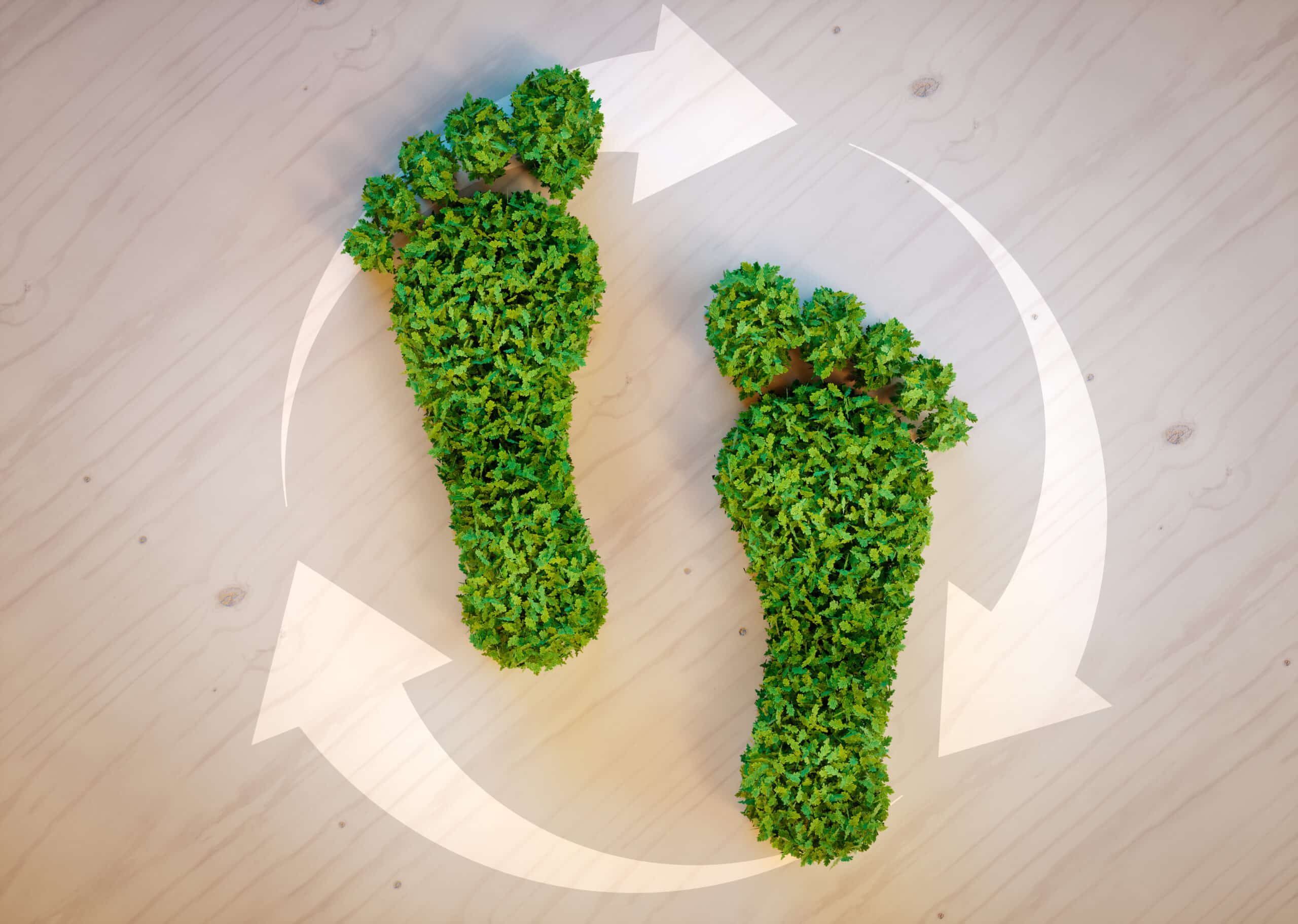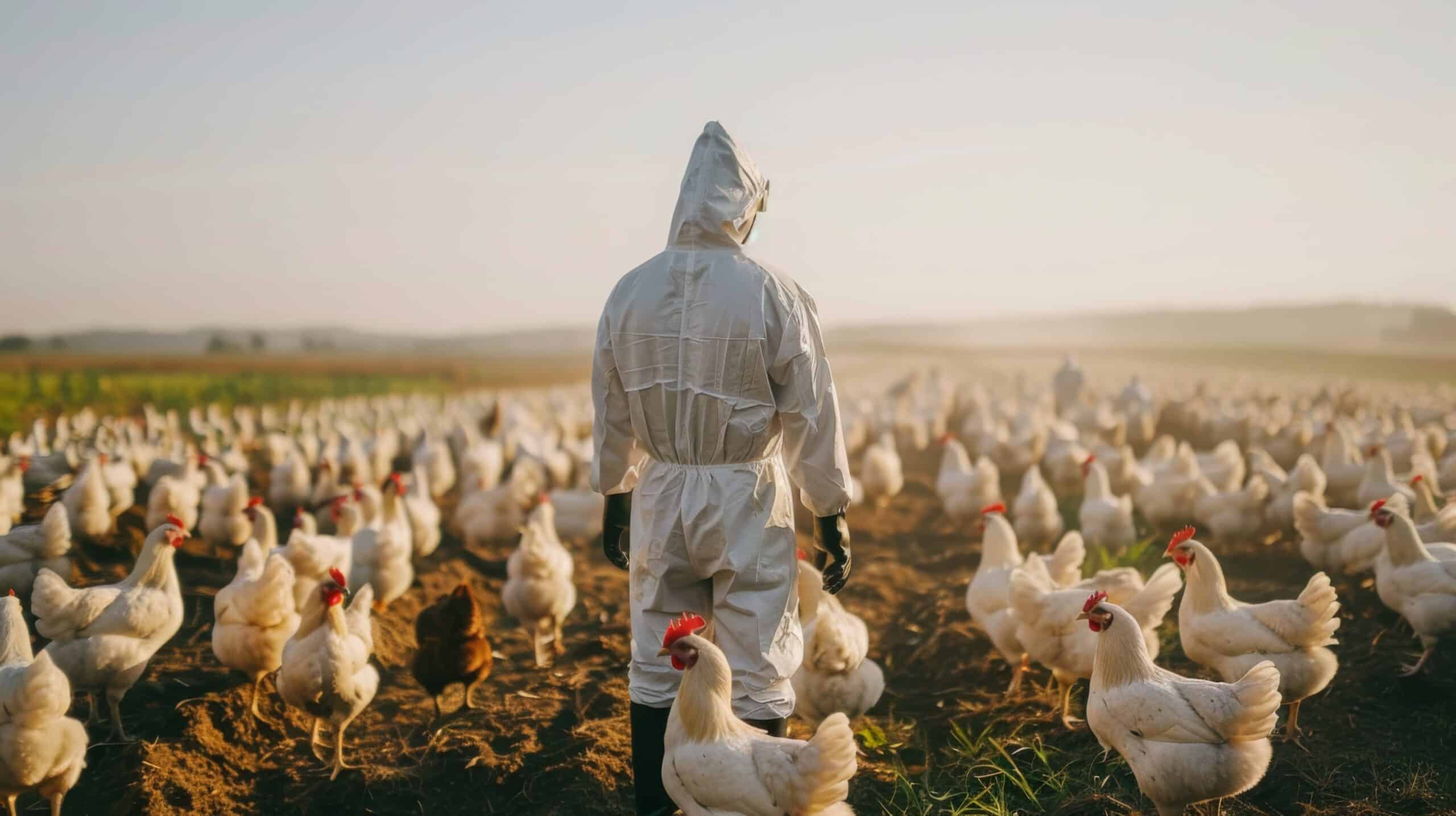Poultry farming is undergoing a remarkable transformation, driven by the integration of artificial intelligence (AI). From improving operational efficiency to promoting sustainable practices, AI is reshaping how poultry operations are managed and optimized. This article explores the key contributions of artificial intelligence in poultry farming, highlighting its impact on productivity, animal welfare, and innovation across the poultry industry.
Understanding Artificial Intelligence in Poultry Farming
Artificial intelligence in poultry farming refers to the use of advanced technologies, such as machine learning, data analytics, and robotics, to optimize farming processes. AI systems are designed to analyze large datasets, predict outcomes, automate tasks, and enhance decision-making. These technologies are particularly beneficial in poultry farming, where efficiency, animal health, and cost-effectiveness are critical to success.
The application of AI spans across various aspects of poultry farming, including breeding, feeding, disease management, environmental monitoring, and operational efficiency. By leveraging AI, poultry farmers can make data-driven decisions that improve the health of their flocks, reduce resource consumption, and increase overall productivity.
Key Benefits of Artificial Intelligence in the Poultry Industry
- Enhanced Disease Detection and Management One of the most significant advantages of AI in the poultry industry is its ability to detect diseases at an early stage. AI-powered systems can analyze patterns in the flock’s behavior, temperature, and other physiological indicators to identify signs of illness before they become widespread. For example, AI can monitor changes in feed consumption, water intake, or activity levels, flagging any abnormalities that may signal a health issue. Early disease detection helps prevent outbreaks, reduces the need for antibiotics, and ensures healthier poultry.
- Optimized Feeding and Growth Rates AI enables more precise and efficient feeding strategies in poultry farming. By analyzing data from sensors and wearables on individual birds, AI systems can determine the optimal feed mix and quantity for each bird, promoting faster growth while minimizing feed waste. This targeted feeding reduces the costs associated with overfeeding or underfeeding, ultimately improving the overall profitability of poultry operations.
- Improved Egg Production and Quality Artificial intelligence can enhance egg production and quality by continuously monitoring environmental factors such as temperature, humidity, and lighting. By analyzing these variables, AI systems can optimize conditions to ensure that hens produce eggs at peak quality and quantity. Additionally, AI can track individual hens’ performance, allowing farmers to identify underperforming birds and adjust care strategies accordingly.
- Automation of Routine Tasks AI-powered automation tools can take over routine tasks in poultry farms, such as cleaning, feeding, and monitoring. This reduces the need for manual labor, freeing up workers to focus on more complex tasks. Robotic systems equipped with AI can automatically clean poultry houses, ensuring a hygienic environment that reduces the risk of disease transmission. Similarly, automated feeding systems can adjust to the specific needs of the flock, ensuring that all birds receive the proper nutrition at the right time.
- Environmental Monitoring and Sustainability AI plays a critical role in promoting sustainable practices within the poultry industry. AI-powered sensors and analytics can monitor environmental factors such as air quality, water usage, and energy consumption. By optimizing these variables, poultry farmers can reduce their environmental footprint, conserve resources, and lower operational costs. Additionally, AI can assist in waste management by identifying areas where waste reduction is possible, leading to a more sustainable and eco-friendly poultry operation.
The Future of Poultry Artificial Intelligence
As technology continues to evolve, the role of artificial intelligence in poultry farming is expected to grow. Future advancements may include more sophisticated AI systems capable of conducting real-time genetic analysis to enhance breeding programs, or AI tools that enable complete farm management from a central dashboard. The integration of AI with the Internet of Things (IoT) will allow farmers to access real-time data from sensors placed throughout their operations, providing a holistic view of farm performance and enabling instant decision-making.
Furthermore, AI’s potential to create predictive models means that farmers will be able to anticipate future challenges, such as disease outbreaks, market fluctuations, and climate changes. These predictive capabilities will allow poultry farmers to stay ahead of the curve and make proactive decisions that safeguard the health of their flocks and their bottom line.
Conclusion
Artificial intelligence in poultry farming is not just a trend; it is a game-changer that is revolutionizing the way poultry operations are managed. From improving animal health and welfare to optimizing production and promoting sustainability, AI is unlocking new levels of efficiency and profitability for farmers. As AI technologies continue to advance, the poultry industry is set to benefit from even more innovative solutions that drive growth, enhance animal care, and ensure a sustainable future for poultry farming.
Incorporating artificial intelligence in the poultry industry is not just about embracing new technologies—it’s about preparing for the future of farming. By staying ahead of these advancements, poultry farmers can gain a competitive edge, ensure a healthier product, and contribute to the broader goal of sustainable agriculture.







.png)












.png)






